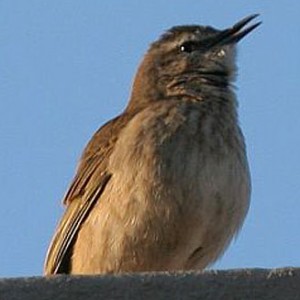Your cart is empty
Rock pipit
£0.90
Product Description
Rock pipit
Like most other pipits, this is an undistinguished looking species on the ground, mainly dark brown above and heavily streaked buff below. It has dark legs, pale grey outer tail feathers and a longish dark bill. Its dark plumage is an adaptation to the rocky coasts on which it breeds and winters.
West European birds (subspecies A. p. petrosus, A. p. kleinschmidti and A. p. meinertzhageni) remain dark grey-buff all year. Scandinavian and Baltic Sea birds (A. p. littoralis) are usually indistinguishable from petrosus in winter; they may show pinkish underparts and a pale supercilium in summer, resembling the Water Pipit (A. spinoletta). Vagrant birds in winter are easily distinguished from Water Pipits but impossible to assign to subspecies by appearance and measurements. However, the western populations are known to be nearly sedentary, so east of the Elbe basin vagrant Rock Pipits are presumably mostly littoralis[3].
Its call is an explosive fit. The song, as in many pipits, is a series of “blocks” of repeated more or less shrill cheeping single or double notes; it ends on a trill and has usually fewer, but longer-lasting “blocks” (a dozen repetitions or more) than in the Water Pipit.[4]
This species is insectivorous like its relatives, and as usual for Motacillidae seeks out much of its prey on foot. Rock Pipits tend to be found along rocky coasts, whereas Water Pipits favour damp grassland. While they may be occur in the same general area occasionally, they are rarely found in the same habitat. The Rock Pipit is a much more approachable bird than the Water Pipit. If startled, it flies a fairly short distance, close to the ground, before it lands again.[5]
Be the first to review “Rock pipit”
You must be logged in to post a comment.




Reviews
There are no reviews yet.